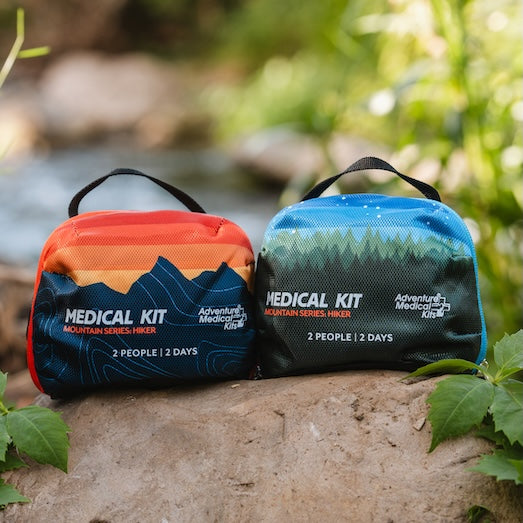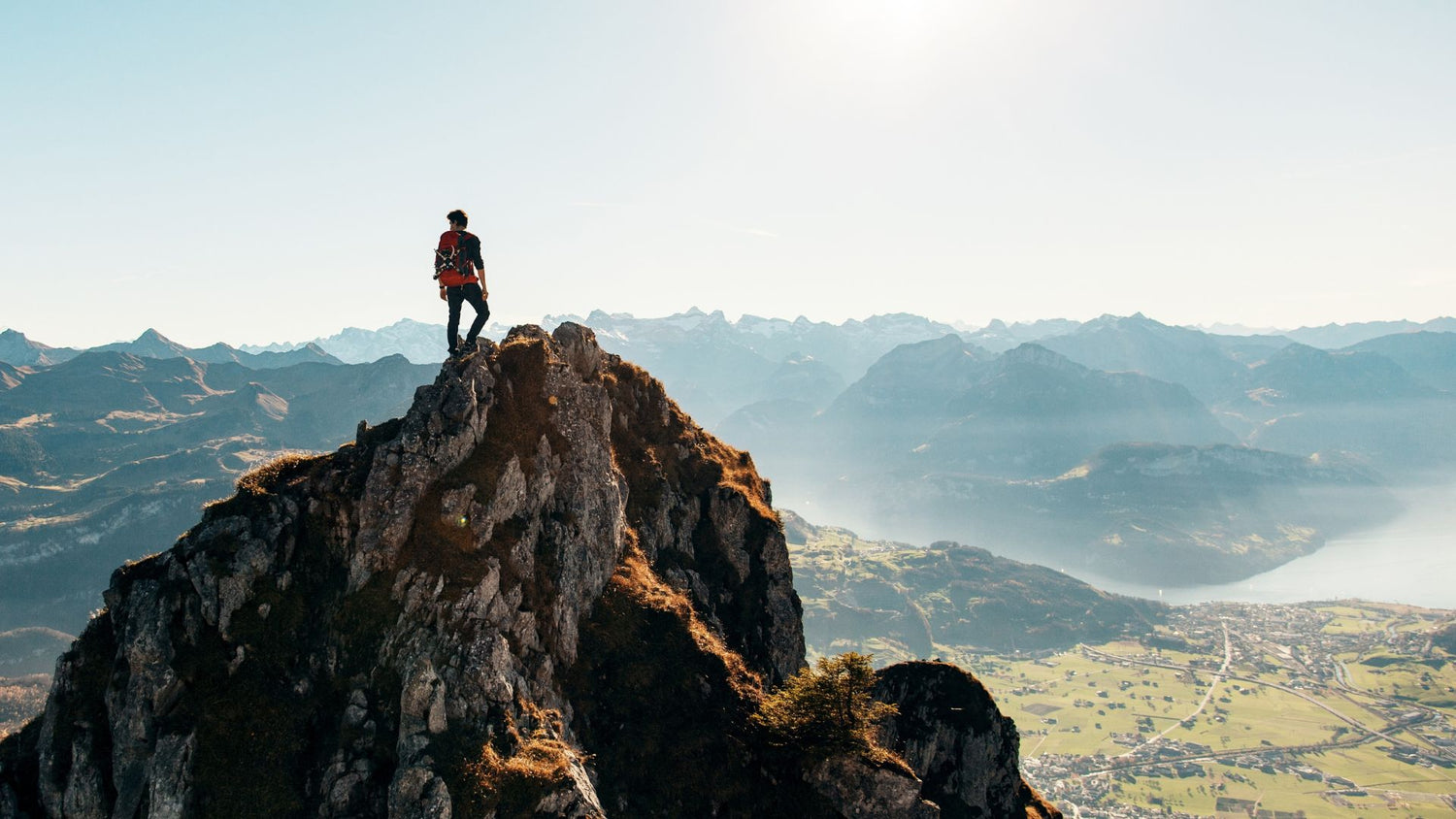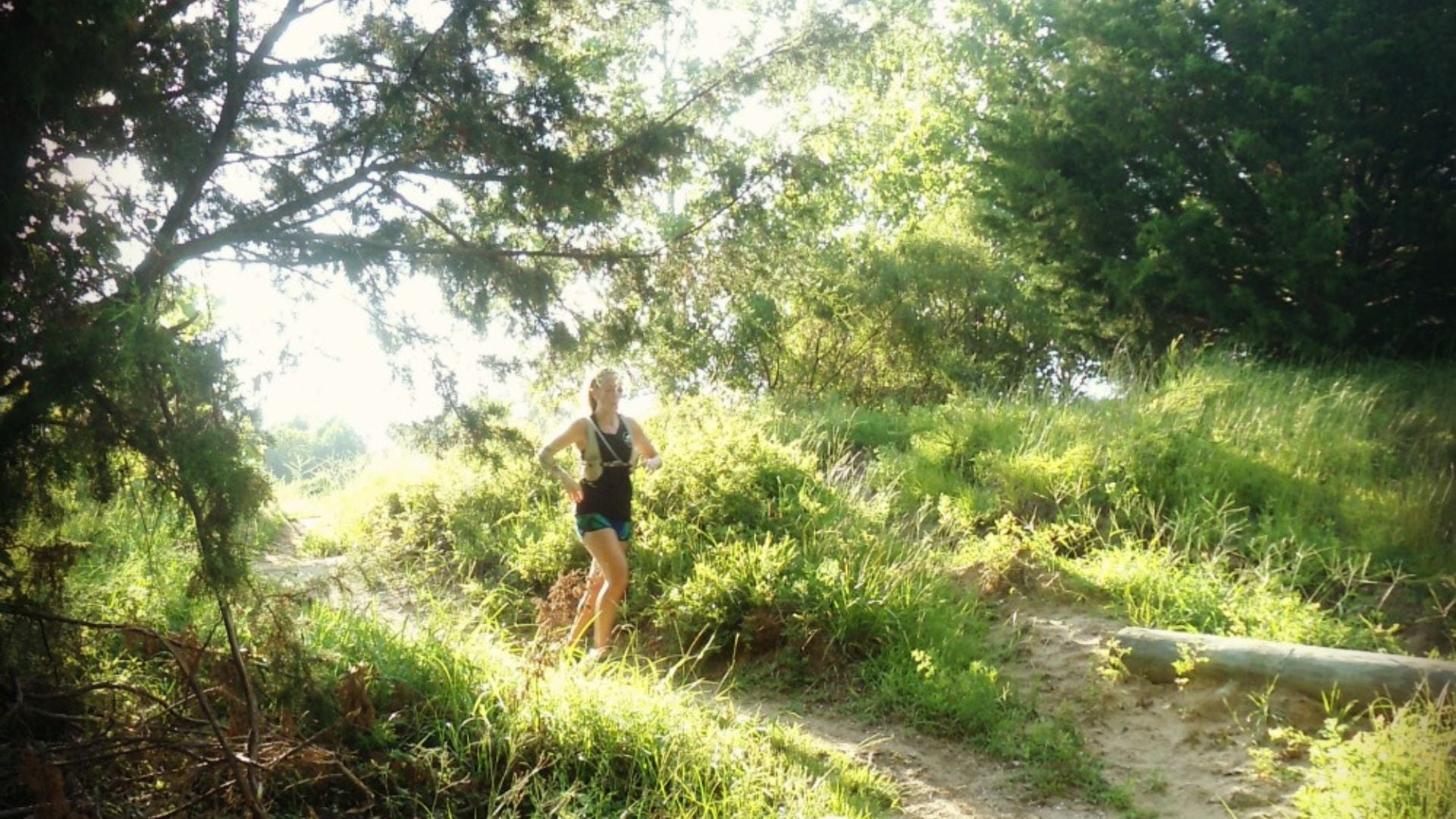Type 1 high altitude mountaineer provides trip planning advice for athletes with diabetes who are prepping for a major expedition or climb.
- Insulin storage – Wrap the bottles or delivery devices in aluminum foil and mark using sports tape. This will insulate and protect the insulin from a hard knock. Use a small coffee thermos to protect from the heat or the cold.
- Foot care – Inspect your feet daily and use a foot powder or foot cream. Clean socks are imperative. Clean your nails and between the toes with the alcohol swab used for injections.
- Eye care – Wear good shades with polarized lenses; spend the money to protect those retinas!
- Skin care – Take some good body lotion if prone to dry skin to avoid cracked skin and infections. Use an SPF 30 sunscreen with UV A and B protection when on water, snow or in the mountains.
- Hypoglycemia – This condition occurs when your blood sugar is too low. It can cause fatigue, seizures and unconsciousness. Use energy gels such as PowerGel, Gu, or Cliff Shots, which offer a predictable amount of carbs in a fast absorbing form and easy-to-carry packet. Pack enough for the duration of your trip – and then some.
- Hyperglycemia – This happens when your blood sugar is too high. Left untreated over several hours and it can lead to severe dehydration, a swelling of the brain and possibly a coma. Drink fluids to flush out the sugar and ketones. Ketones are the poison produced by the kidneys, which prevents glucose from being broken down and used as energy. This will require extra cooking fuel for melting liquids which may have become frozen during the day, so plan ahead. You may have to delay your start time in order to avoid stressing the body while blood sugar is high.
- Partner – Choose wisely. Select a partner who is well informed about your diabetes and knows how to recognize and treat the highs and lows. Do not go solo. Make sure they carry the energy gels too.
- Travel – When traveling abroad, have an MD note in the local language that explains why you have needles, strips, a blood meter and so on. Most language teachers and some computer programs can translate for you. Do not place your meds in the cargo hold of a plane as they will freeze. Instead, split your load in half and have your partner take some and you the rest. If a bag is then lost or stolen you still have your meds. Take extra scripts in the event that everything is lost, delayed or stolen. Consider wearing a Med Alert bracelet or necklace with internationally recognized Med Alert sign and contact info. If you pass out, this will be the only clue for an unsuspecting helper.
- Blood testing – Test early and often when in a new environment, time zone or activity. Write down the results, record the new diet and monitor trends so that you can function at your best. In the cold, protect the strips and device deep in your sleeping bag and warm it up under your arms when ready to test. During the day, use urine strips; at night, use a testing machine in the security and warmth of a tent. Bring a back-up device.
- Mental preparation – Living with diabetes while trying to accomplish a major physical feat requires constant balance and understanding of one’s energy use. That takes a lot of mental discipline. Identify what you love and need to accomplish in life and go after it to the best of your ability; recognize that you may not achieve the goal but that you will at least be in the hunt. Trying is what matters.














